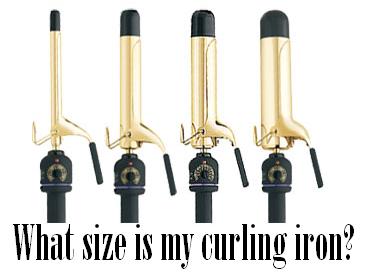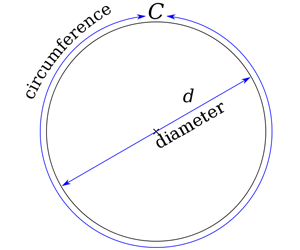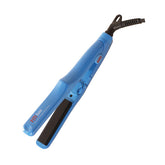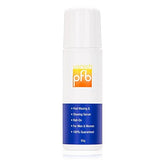1-888-833-4247 | Open Mon. - Fri. 9:30AM - 3:00PM PST
Free Shipping Above CA$100
Curling Iron Guide
A Quick Guide To Curling Iron Sizes

How can I tell how big my curling iron is? How to know what size curling iron I have? How can I determine the diameter of my old curling iron? How do you measure curling iron barrels?
We receive many emails and phone calls from customers who want to replace an old curling iron but aren't sure what size their curling iron is. Because the size is rarely marked on the iron itself, it can be tricky to determine the exact measurements - especially with brands that have several models.
So, how do you determine the size of a curling iron?
The curling iron size listed on our website is the size of the iron's diameter. This is true for all brands and models we carry. To find out what the diameter of your curling iron is, it is easiest to measure the circumference of the barrel. You can find out what the circumference is by using a flexible measuring tape and measuring around the barrel. Divide the measurement of the circumference by Pi (3.14) to get the diameter.

How do you know which size to choose?
If you are buying a curling iron for the first time, all of the different sizes available may seem a little overwhelming. When choosing a curling iron size, keep this simple rule of thumb in mind - the smaller the diameter of the iron, the tighter the curls will be.
If you are planning to use your iron to make extra-tight curls, consider purchasing an iron that is 3/4" or smaller. For full, loose curls consider choosing a 1" or 1-1/4" iron. For big waves and extra volume, a 1-1/2" or 2" iron is best. Customers with very long, thick hair may find larger curling irons easier to work with.
Important Tips for International Travelers
Most appliances are designed to use with 110V in North America and bear a polarized plug. If you want to bring a flat iron, curling iron or hair dryer oversea, please check if your tool needs any voltage transformer, and/or plug adaptor to use in the destination country.
1. Voltage converter, also known as "power adaptor", "voltage transformer". North America runs on 110V current; Europe and most Asian countries on 220-240V current. Unless your item is marked with Universal Voltage, or Dual Voltage or 100-240V, otherwise, you will need a voltage transformer.
2. Plug Adaptor - The North American plug is a polarized plug (one blade is wider than the other). As a safety feature, this plug will fit in a polarized outlet only one way. Similar to voltage, other countries use different shape of plugs. You will need a plug adaptor, which lets you put your plug into the adaptor and the adaptor plugs into the socket.
- Choosing a selection results in a full page refresh.





